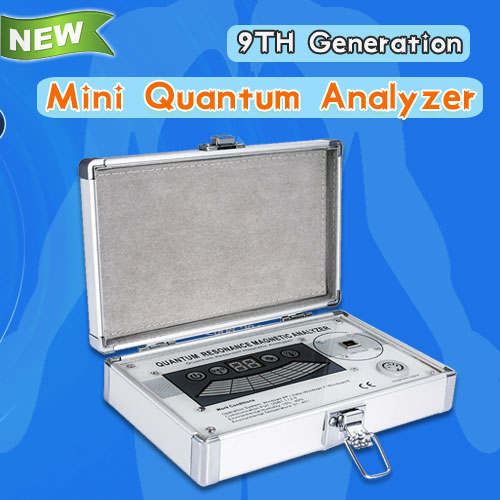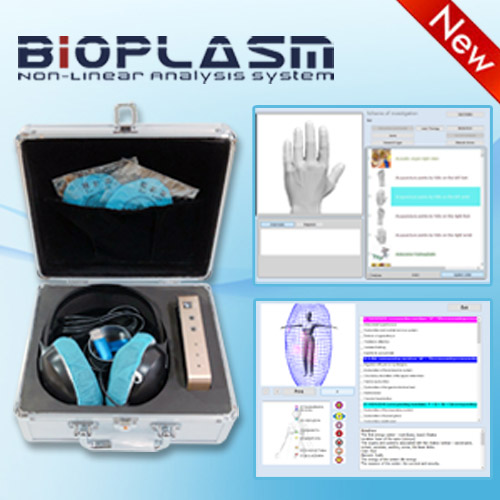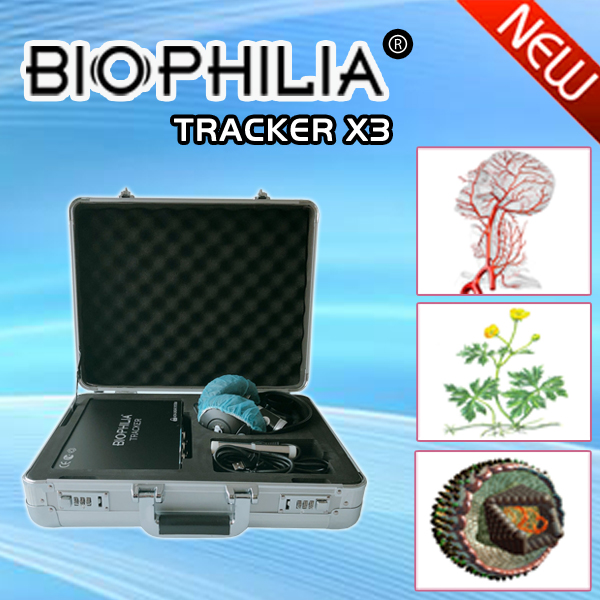The Value Of NLS-graphy By Metatron 4025 Hunter In Nasopharynx Tumors
The third of most frequent of nasopharynx affections is soft tissues tumors; neoplasms of myogenous genesis hold first place among them. Rhabdomyosarcoma is located on pharyngeal surface of soft palate and at the border of fornix and posterior wall of nasopharynx. Tumor have the appearance of exophytic mass, represented in form of one node or large-tuberous neoplasm with smooth surface. Ulcerations of mucous tunic are not detected. NLS-picture visualizes it as homogeneous moderately hyperchromic neoplasm. Most likely tumor develops in childhood or preadult age. Development of exophytic component leads to appearance of complaints for shortness of nasal breathing.
Juvenile angiofibroma is the most frequently diagnosed among benign neoplasms. Tumor comes out of nasopharynx fornix and has the appearance of exophytic mass with smooth surface. Its chromogeneity is moderate and different at various areas. Typical sign of angiofibroma is increased hyperchromeity of vascular wall at NLS-scanning. If tumor is large it fills all nasopharynx opening; surface ulceration may be detected. Clinical picture of angiofibroma is characterized by shortness of nasal breathing, periodically appearing of bleeding (sometimes quite voluminous) and invasive growth.
Other nasopharynx tumors, in general of nonepithelial nature, have similar NLS-graphic picture and differ in density, localization in nasopharynx and can be detected in single cases.
Value of NLS-graphy by metatron 4025 hunter is not only in feature of picture 3D-analysis, but in carrying out of high quality REA at ultramicroscopic areas of tumor without traumatic biopsy.
Together with study of nasopharynx pathology NLS-picture we started to develop resonance-wave aspects of diagnostics due to uninvestigated nature of this issue and difficulties of morphological differential diagnostics, especially of low-grade differentiated squamous cell carcinoma, lowgrade differentiated cancer of nasopharyngeal type and lympho-proliferative diseases. At the same time it should by noted that it is wave spectrum character of low-grade differentiated cancer of nasopharyngeal type and tonsils that is more close to blast variants of lymphomas, and in some case only ultramicroscopic resonance-genetic analysis, and sometimes process generalization with hematopoietic system organs affection, give a possibility to carry out differentiated diagnostics.
Study of tumor cells cytomorphological peculiarities, character of their positioning, degree of differentiation and direction made possible to single out variants of wave spectrums, reflecting characteristics of histological structure of tumor various types.
Moderate-grade and high-grade differentiated squamous cell carcinoma which, was detected in 11% of our study cases, had typical spectral picture, just like cystoadenoid carcinoma (1.6%) and practically did not cause difficulties in interpretation of resonance-entropy analysis results.
Low-grade differentiated squamous cell carcinoma (67%) almost in all cases of monitoring causes certain difficulties in precise diagnosing and is one of hardly identified variants for resonance analysis. Resonance-wave picture of low-grade differentiated nasopharynx cancer is quite specific and allows therapist to diagnose not only form of tumor, but also to identify its organo-specificity by metastasis study without primarily detected nidus.
This article is provide from [Metatron 4025 hunter],please indicate the source address reprinted:http://www.healthycarer.com/news/nls-knowledge/1408.html






